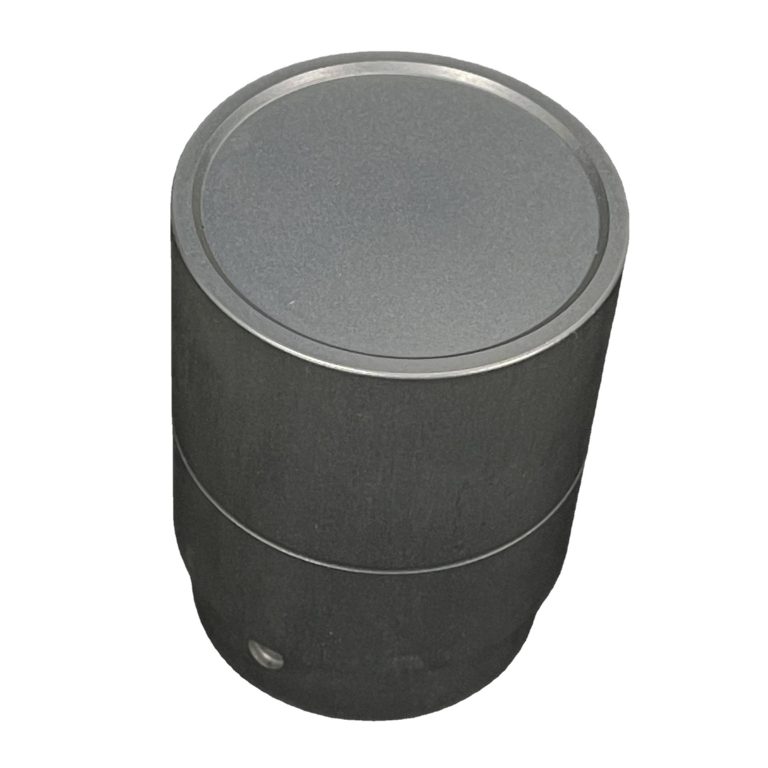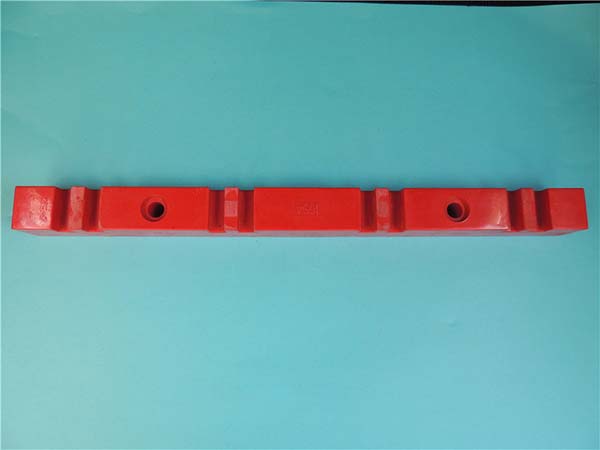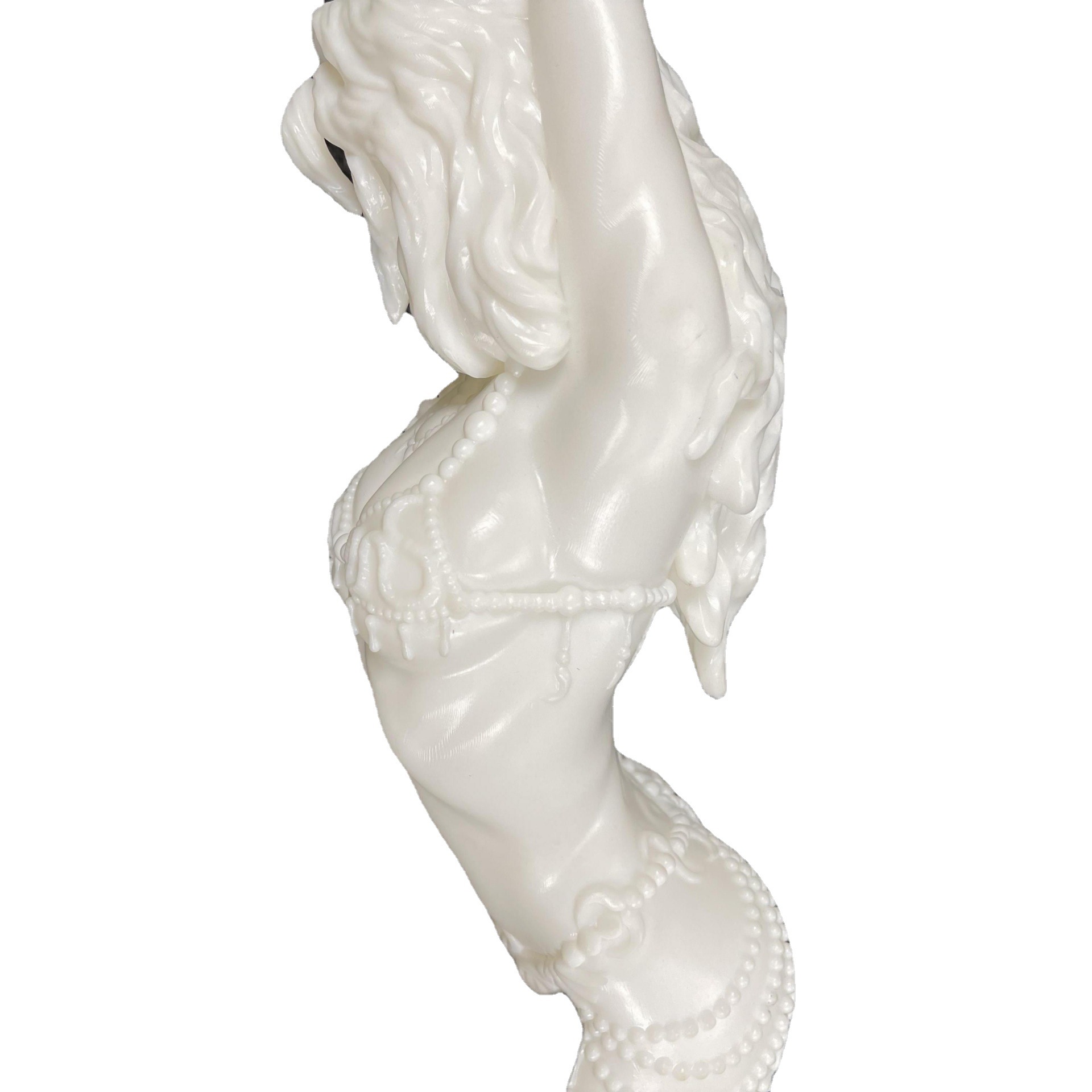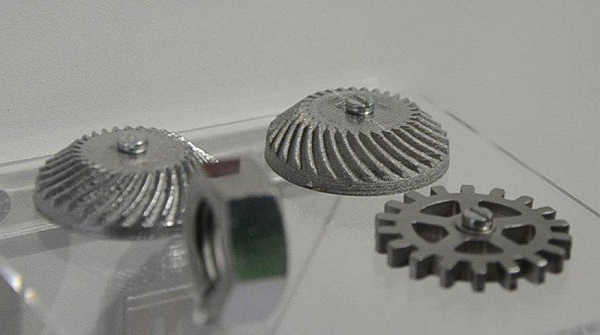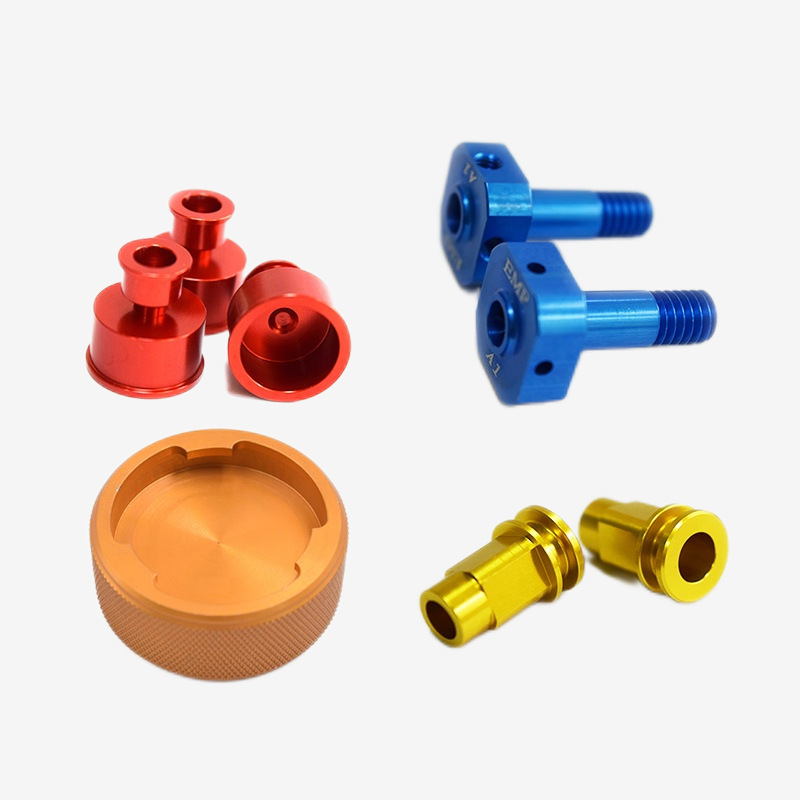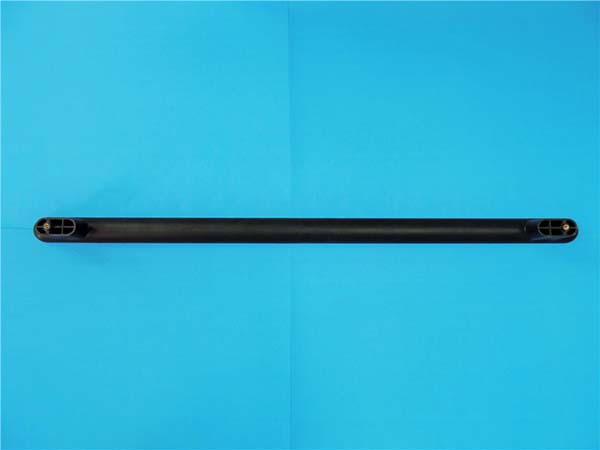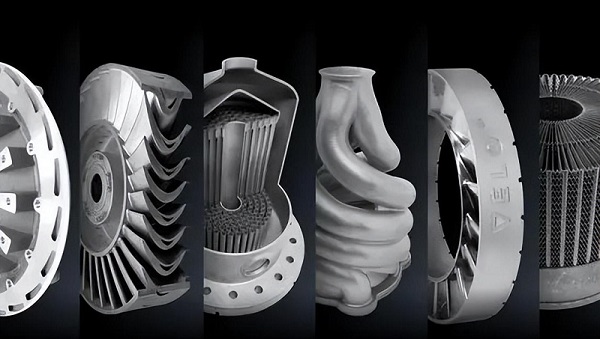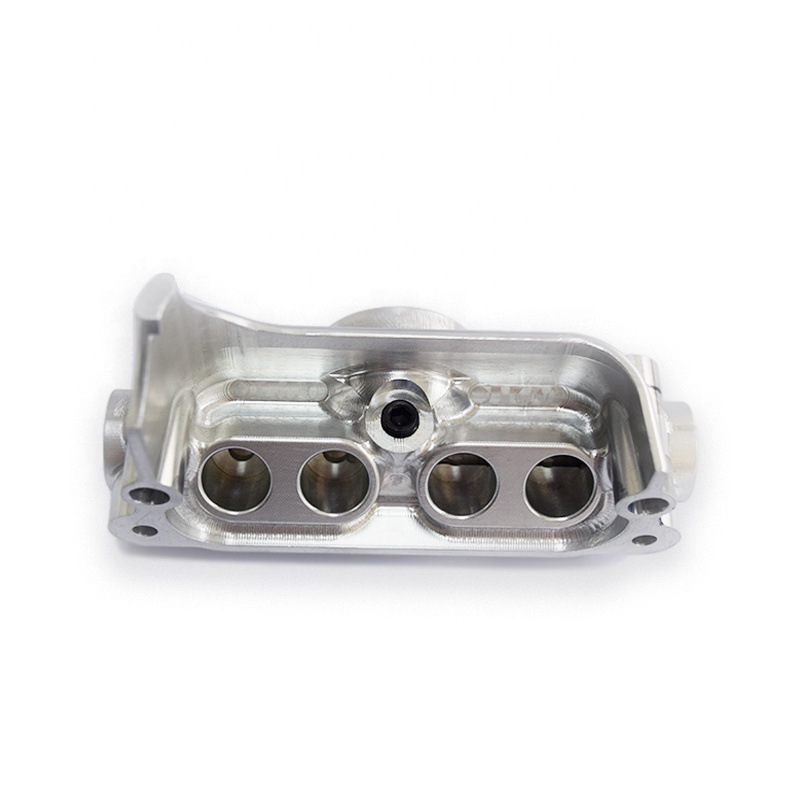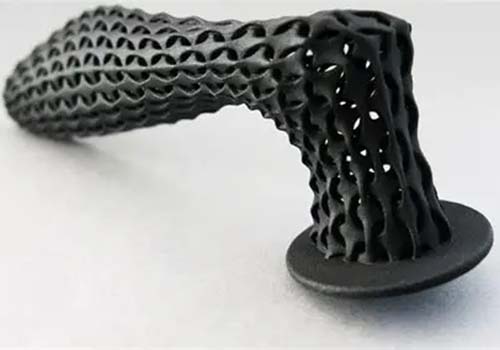Introduction
With 3D printing becoming increasingly popular, finding a reliable local 3D printing store is essential whether you're a hobbyist, entrepreneur, or professional in need of custom prototypes or parts. This guide will walk you through the process of locating a 3D printing store near you and understanding the services they offer, so you can make an informed decision.
Overview of 3D Printing Services
Before you search for a 3D printing store, it's helpful to know what these services typically offer. 3D printing stores provide access to advanced technology that can create custom objects from digital designs. Some of the services you can expect include:
- Prototype Development: Creating functional models for testing or product iteration.
- Custom Parts: Manufacturing unique components tailored to your specific needs.
- Design Assistance: Helping turn ideas or sketches into printable 3D models.
- Material Variety: Offering a wide range of filament, resin, and metal powder options.
Knowing these services will guide your search for the right store for your project.
Finding a 3D Printing Store Near You
1. Using Online Search Engines
The most straightforward way to find a 3D printing store near you is to use search engines like Google. A simple search for "3D printing store near me" will often show nearby stores or service providers. You can refine your search by including specific terms related to your needs, such as "custom 3D printing services" or "3D printing for prototypes". Make sure to check for location-based results or use the "Near Me" filter on Google Maps.
2. Checking Local Business Directories
Local business directories can be valuable resources when searching for a 3D printing store. Popular online platforms like Yelp, Yellow Pages, and Google Maps allow you to search for businesses by category and location. Additionally, these sites often feature customer reviews and ratings, which can provide insights into the quality and reputation of various 3D printing providers.
3. Asking for Community Recommendations
Community recommendations can be incredibly useful, especially if you're looking for trusted service providers. Online communities like Reddit, Facebook Groups, Nextdoor, and even specialized forums on 3D printing can offer personal experiences and suggestions. Engaging with local hobbyists, makers, and professionals can help you identify stores that have the right technology, customer service, and pricing to fit your needs.
What to Expect from a 3D Printing Store
Once you've identified potential 3D printing stores in your area, it's important to understand what services they typically offer and what questions to ask.
1. 3D Printing Technologies Offered
Different 3D printing stores may specialize in different types of printing technologies. Understanding these will help you decide which store is right for your project. Common 3D printing methods include:
- FDM (Fused Deposition Modeling): The most common 3D printing process, ideal for creating durable, functional parts. It typically uses PLA or ABS filaments.
- SLA (Stereolithography): Known for its high-resolution prints and smooth surface finish, SLA is best for detailed, intricate designs.
- SLS (Selective Laser Sintering): Great for functional parts with complex geometries, SLS uses powdered materials like nylon.
- Metal 3D Printing: Some advanced stores offer metal 3D printing services, using materials like stainless steel or titanium.
If you're unsure about which technology fits your needs, many stores offer consultations to help you select the right method.
2. Customization and Design Assistance
Some 3D printing stores provide design assistance to help you create a printable model. If you're unfamiliar with 3D modeling or need help fine-tuning your design, consider looking for a store that offers design support. Services might include:
- Converting your sketches or ideas into 3D models.
- Adjusting your model for printability or optimization.
- Offering design software tutorials.
3. Material Variety
Different 3D printing stores carry different types of materials, which will influence the cost, durability, and appearance of your final product. Common materials include:
- PLA (Polylactic Acid): Easy to print and environmentally friendly, suitable for prototypes and non-functional models.
- ABS (Acrylonitrile Butadiene Styrene): Stronger and more durable, ideal for functional parts.
- Resins: Used in SLA printing for high-detail prints.
- Metal Powders: Utilized in SLS and metal 3D printing for creating parts that require high strength.
Check with the store to ensure they offer the material you need for your project.
4. Turnaround Time and Pricing
Be sure to inquire about both pricing and turnaround time before committing to a 3D printing service. The complexity of the design, size of the object, and materials used will all affect the final cost. Larger or more intricate projects typically take longer to print. If you have a specific deadline, make sure to discuss it with the store to ensure they can meet your timeframe.
Tips for Choosing the Right 3D Printing Store
When evaluating different 3D printing stores, here are a few tips to help you make an informed decision:
- Evaluate Portfolios: Ask to see past projects or examples of their work. This can give you an idea of the quality and capabilities of the store.
- Check Reviews: Look at customer reviews and ratings on Google, Yelp, or other platforms to gauge the store’s reputation for reliability and service quality.
- Material Availability: Make sure the store offers materials that suit your project. Some stores may offer a limited selection, while others may carry a broader variety.
- Inquire About Turnaround Time: Some stores may have longer lead times, especially if the print is complex. Ask for estimated times to ensure they can meet your needs.
- Compare Pricing: Get quotes from multiple stores and compare pricing. Make sure you're getting the best balance of cost and quality for your project.
Conclusion
Finding a 3D printing store near you is easier than ever thanks to the internet and local business directories. By using tools like Google, Yelp, and Reddit, you can quickly find providers offering the services you need. Make sure to assess each store's technology, material options, pricing, and turnaround time to find the best fit for your 3D printing project.
FAQ
What Should I Bring When Visiting a 3D Printing Store?
When visiting a 3D printing store, it's helpful to bring your 3D model files (e.g., STL, OBJ, or STEP formats) or any sketches. Also, have a clear understanding of your project’s size, material requirements, and specific needs. Having this information ready will make the process smoother and more efficient.
How Much Does It Cost to Use a 3D Printing Service?
The cost of 3D printing varies depending on the complexity of the design, the material used, and the size of the object. Prices typically range from $50 to several hundred dollars. For large or intricate prints, prices can be significantly higher. Always ask for a quote based on your project’s specific needs.
Can a 3D Printing Store Help If I Don’t Have a Design?
Yes, many 3D printing stores offer design services. If you don’t have a ready-to-print model, they can assist with creating or modifying one. Some stores also offer software tutorials or recommendations to help you get started with your own designs.
By following this guide and using the right resources, you can easily find a 3D printing store near you that can bring your ideas to life.
